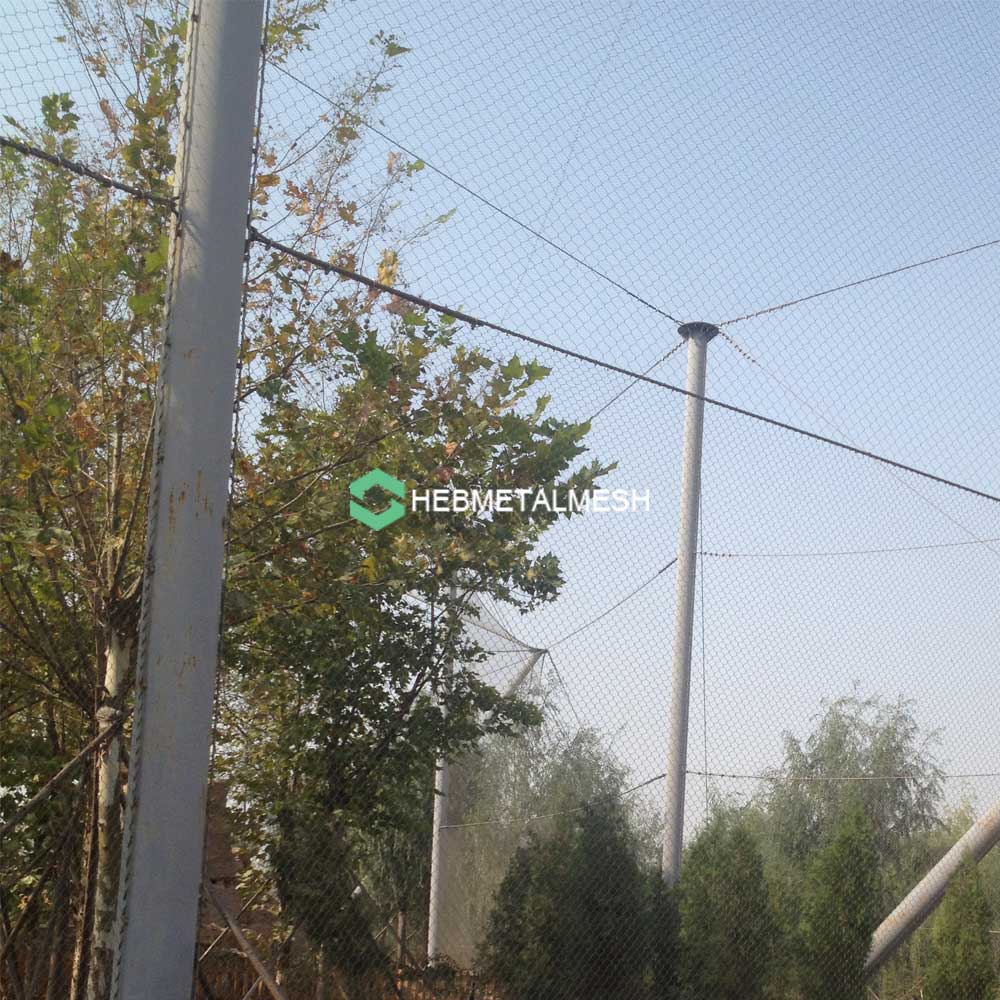
The design of zoo enclosures has come a long way since the days of concrete cages and steel bars. Today, zoos are striving to create enclosures that are as naturalistic, immersive, and sustainable as possible. This is being driven by a number of factors, including:
- A growing awareness of animal welfare
- A desire to provide visitors with a more engaging and educational experience
- A need to conserve resources and reduce the environmental impact of zoos
Naturalistic Enclosures
One of the key trends in zoo enclosure design is the use of naturalistic elements. This means creating enclosures that replicate the natural habitats of the animals, with plenty of space to roam, opportunities to engage in natural behaviors, and access to shelter and food.
For example, a zoo that houses lions might create an enclosure with tall grasses, rocky outcrops, and a watering hole. This would allow the lions to behave more naturally, such as hunting, stalking, and resting in the shade.
Immersive Experiences
Zoos are also using technology to create immersive experiences for visitors. This includes using sound and light effects to simulate natural environments, providing visitors with interactive exhibits, and using virtual reality to allow visitors to experience the world from an animal’s perspective.
For example, a zoo that houses gorillas might create an immersive exhibit that allows visitors to walk through a rainforest. Visitors would be able to hear the sounds of gorillas in the distance, see gorillas swinging from the trees, and even smell the rainforest air.
Sustainable Enclosures
Zoos are also committed to sustainability practices, and this is reflected in the design of their animal enclosures. Zoos are using sustainable materials, reducing energy consumption, and minimizing waste in an effort to create enclosures that are both environmentally friendly and cost-effective.
For example, a zoo that houses penguins might create an enclosure with a green roof that helps to insulate the building and reduce energy consumption. The zoo might also use recycled materials to build the enclosure and collect rainwater to use for irrigation.
The Role of Technology
Technology is playing an increasingly important role in the design of zoo enclosures. Zoos are using technology to:
- Create naturalistic environments
- Provide visitors with immersive experiences
- Monitor animal behavior
- Collect data to improve animal welfare
For example, zoos are using sensors to track the movement of animals and to monitor their health. This data can then be used to identify potential problems and to make improvements to animal care.
The Future of Zoo Enclosure Design
The design of zoo enclosures is constantly evolving, and there are a number of exciting trends that are likely to continue in the future. These include:
- The use of more virtual reality and augmented reality experiences
- The development of enclosures that can be adapted to changing environmental conditions
- The use of more artificial intelligence to monitor animal behavior and collect data
Conclusion
Zoos are playing an increasingly important role in conservation and education. By creating naturalistic, immersive, and sustainable enclosures, zoos are helping to promote animal welfare and to inspire visitors to care about the natural world.

